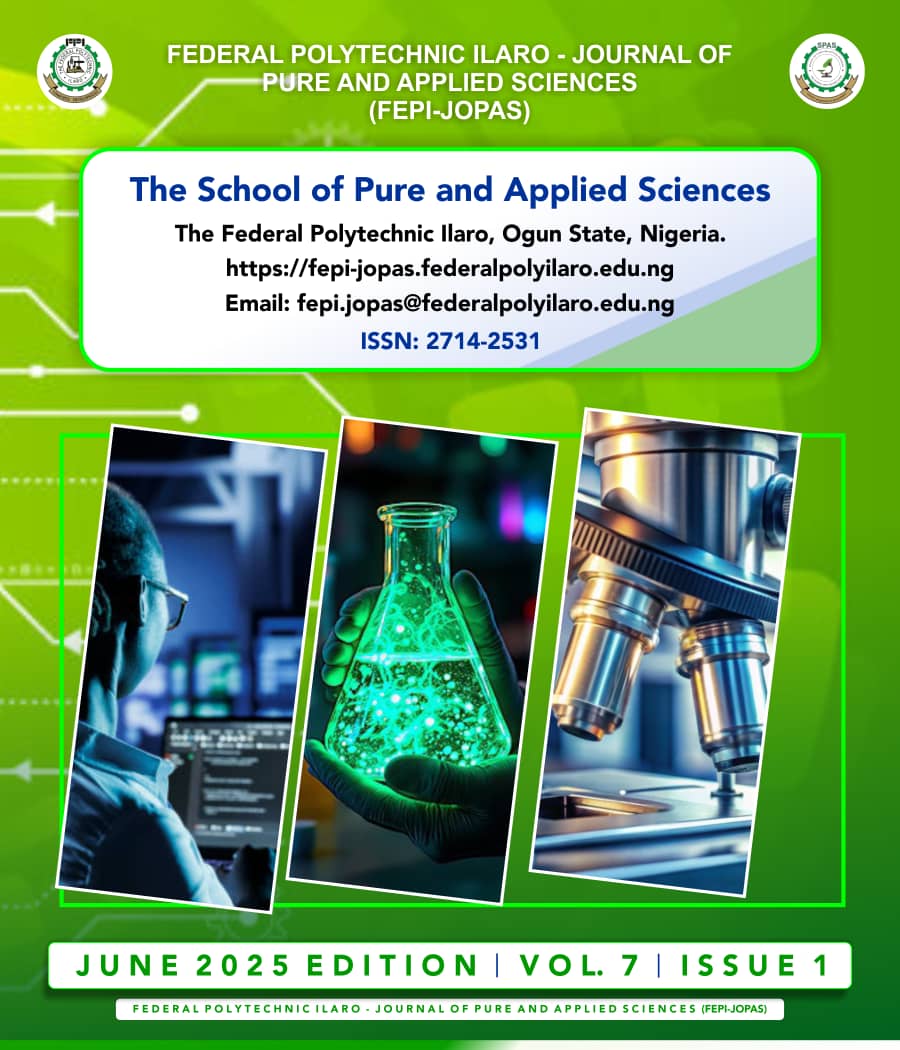Histological Assessment of the Ethanolic Extract of Ficus platyphylla on N-Nitroso-N-Methylurea Induced Toxicity in Female Albino Mice (Mus musculus).
Keywords:
Ficus platyphylla, Albino Mice, ethanolic extract, histological assessmentAbstract
Ficus platyphylla Del. Holl (Moraceae) is used traditionally for treating stomach pain, infertility, and psychosis. The present study investigated the tissue repairing and protective potential of the ethanol extract of Ficus platyhylla bark in N-Nitoso-N-Methylurea-induced toxicity in female albino mice. Twenty-five (25) albino mice weighing 19-28g were grouped into five groups, with five mice in each group. Mice in all groups were injected intraperitoneally with Nitroso-Methyl Urea at a dose of 50mg/kg body weight. Mice were allowed to stay 7 days after the substance was induced to take effect before the commencement of the treatment. Mice in groups A, B, and C were treated orally with 1600mg/kg/day, 800mg/kg/day, and 400mg/kg/day of the plant extracts, respectively. Meanwhile, the mice in Group D received a standard dose of cisplatin through intraperitoneal injection, and the mice in Group E had access to water. Mice were sacrificed after 63 days of treatment. The liver, kidney, breast, heart, and lung tissues were harvested for histological studies. The histopathological examination showed that there is no presence of pathological changes in the heart and breast tissue. However, signs of tissue damage like features aligning with Renal Toxicity and Glomeruli toxicity are observed in the kidney, and mild hepatic toxicity in the liver of the treatment mice. The observed pathology and organ damage in the liver and kidneys are associated with the actions of NMU and cisplatin treatment. The treatments of the plant extract show signs of immune response and tissue rehabilitation. The extracts show possible tissue protection and rehabilitation.





